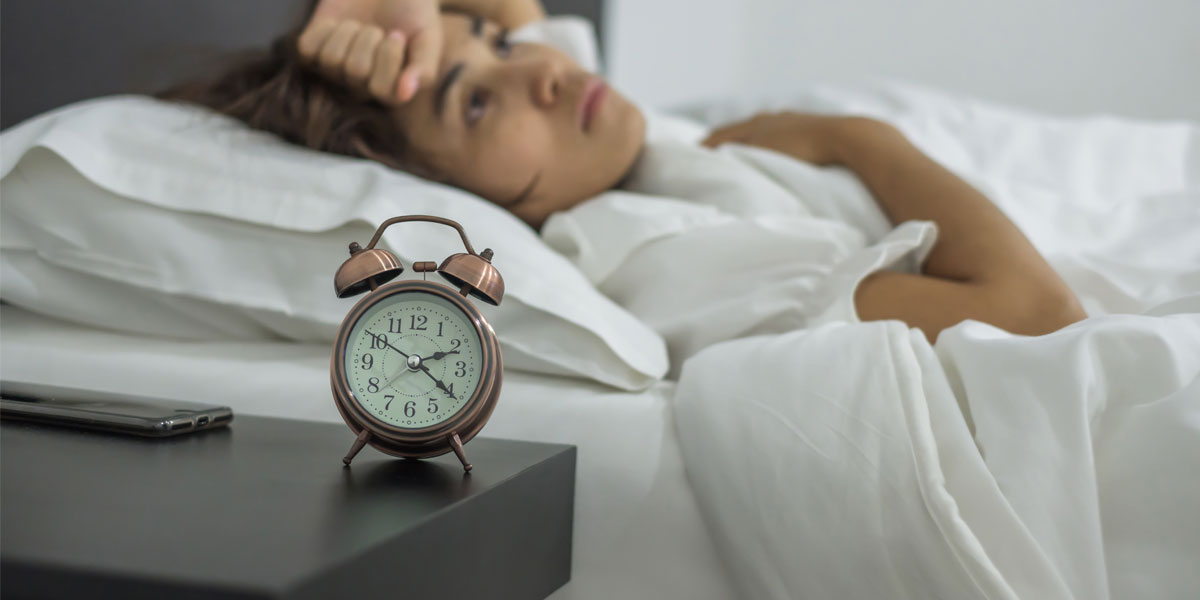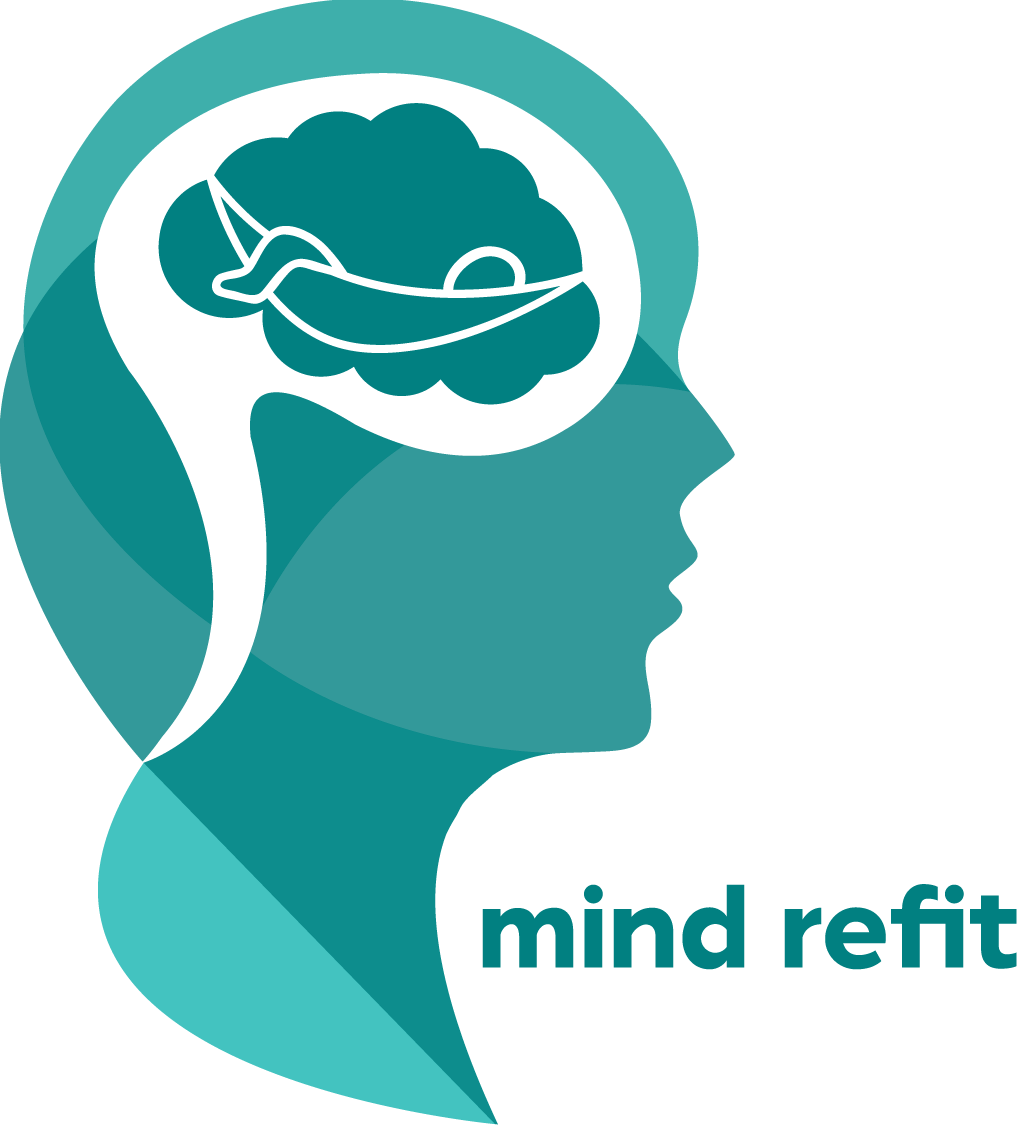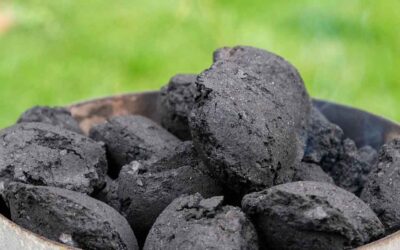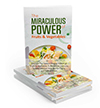
Insomnia is a common sleep disorder[2] that has several detrimental effects to a person’s health.[1] To learn more about insomnia and how it works, check out our article on what is Insomnia. Without further ado, let’s examine the types of insomnia and who may be at risk of the disease.
What are the Types of Insomnia?
Insomnia has two major types, which can further be broken down in several types depending on the particular set of symptoms experienced. However, the duration of insomnia you may be suffering is a basic pointer for the possible type, as follows [3][5][6];
Primary (Acute) Insomnia – Short-term Sleep Disruption
This type of insomnia tends to resolve without medication since it is shortlived and results from daily life circumstances. When it spans over a few days, it is termed Transient Insomnia[9], but when it extends over a week and hangs around for a couple more weeks, depending on the weight of the trigger, it is termed Adjustment[10] or Intermittent[9] Insomnia. Common triggers include stress, traumatic event, or work/family pressure.
Secondary (Chronic) Insomnia – Ongoing Sleep Deficiency
Insomnia that recurs 3 times per week and spans consistently for 3 months or longer requires special attention. Common triggers include substances like caffeine or alcohol, medical condition or disease (Comorbid Insomnia),[12] a side effect of a medication, unhealthy sleep habits, like something as simple as working night shifts, and/or having no verifiable cause (Idiopathic Insomnia).[11]
Depending on the type and severity of your insomnia, your doctor may likely recommend some tips for combating insomnia, or one or more combinations of available insomnia treatments. That being said,
Who is at Risk of Insomnia?
Anybody can experience acute insomnia (from stress and other circumstantial reasons),[6] however, certain people, for unique reasons like genetics, are more prone to experiencing chronic insomnia.[4] Compared to individuals with normal sleep habits, individuals that are predisposed to insomnia have one or a combination of the following traits[4][7]:
- Increased responsiveness to stimuli (hyperarousal)
- Higher rates of depression and anxiety
- Increased 24-hour metabolic rates
- A tendency to sleep longer during the day
- Unpredictable sleep patterns
- Increased memory processing/performance at sleep onset (an electroencephalographic (EEG) beta activity)
- Increased global glucose consumption on positron emission tomography of the brain, during the transition from waking to sleep onset. Usually, glucose is used by the brain for sleep/wake activities. When you’re awake, your brain metabolizes more glucose than oxygen. During the transition to sleep onset, the level of glucose metabolism decreases compared to wake time. When you’re asleep, the brain metabolizes less glucose than oxygen. Even though the brain needs enough energy for sleep/wake activities, individuals that experience increased global glucose consumption during the wake-sleep transition would generally be more prone to insomnia since your brain should not spend that much unusual energy trying to put you to sleep.[13]
Similarly, individuals that abuse substances like caffeine, alcohol, drugs,[8] etc., are more likely to be at risk of insomnia since such habits and lifestyle throws off the sleep/wake clock, makes an individual hyperaroused, and causes abnormalities in daytime sleepiness, metabolism, and personality.
Closing Thoughts
Insomnia is not uncommon and it is absolutely treatable. If you feel you may be at risk of insomnia, consult a health professional and take actionable steps to optimal health. As the saying goes, ‘your defect should not be your destiny’. Do you have insomnia? We have prepared a free guide on How to Combat Insomnia, check it out to learn more. You may find it helpful.
References
- U.S. Department of Health & Human Services (n.d.). Sleep Deprivation and Deficiency. Retrieved January 6, 2020, from National Heart, Lung, and Blood Institute: https://www.nhlbi.nih.gov/health-topics/sleep-deprivation-and-deficiency
- U.S. National Library of Medicine (n.d.). Sleep Disorders. Retrieved January 6, 2020, from MedlinePlus: https://medlineplus.gov/sleepdisorders.html
- National Sleep Foundation (n.d.). What is Insomnia? Retrieved January 6, 2020, from https://www.sleepfoundation.org/insomnia/what-insomnia
- Jasvinder Chawla, MD, MBA; Selim R Benbadis, MD (2018) Insomnia. Retrieved January 6, 2020, from Medscape: https://emedicine.medscape.com/article/1187829-overview#a4
- WebMD (n.d.). Understanding Insomnia: An Overview. Retrieved January 6, 2020, from https://www.webmd.com/sleep-disorders/insomnia-overview#1
- U.S. National Library of Medicine (n.d.). Insomnia. Retrieved January 6, 2020, from MedlinePlus: https://medlineplus.gov/insomnia.html
- Nofzinger EA, Buysse DJ, Germain A, Price JC, Miewald JM, Kupfer DJ. Functional neuroimaging evidence for hyperarousal in insomnia. Am J Psychiatry. 2004 Nov. 161(11):2126-8. [Retrieved from Medline]
- U.S. National Library of Medicine (2017). Substance abuse and insomnia. Retrieved January 8, 2020, from NCBI: https://www.ncbi.nlm.nih.gov/pubmed/30452139 – PMID: 30452139
- William C. Shiel Jr., MD, FACP, FACR (n.d.). Medical Definition of Insomnia, transient. Retrieved January 10, 2020, from MedicineNet: https://www.medicinenet.com/script/main/art.asp?articlekey=22514
- Dr. Lin Enilak (2007). Adjustment Insomnia. Retrieved January 10, 2020, from American Sleep Association: https://www.sleepassociation.org/sleep-disorders/insomnia/adjustment-insomnia/
- ASA Authors & Reviewers (n.d.). Idiopathic Insomnia. Retrieved January 10, 2020, from American Sleep Association: https://www.sleepassociation.org/sleep-disorders/insomnia/idiopathic-insomnia/
- M. S. Reddy and Arindam Chakrabarty (2011). Comorbid Insomnia. Indian Journal of Psychological Medicine. Retrieved January 10, 2020, from NCBI: https://www.ncbi.nlm.nih.gov/pmc/articles/PMC3195148/
- Mauro DiNuzzo and Maiken Nedergaard (2017). Brain Energetics During the Sleep-Wake Cycle. Retrieved January 14, 2020, from NCBI: https://www.ncbi.nlm.nih.gov/pmc/articles/PMC5732842/





0 Comments